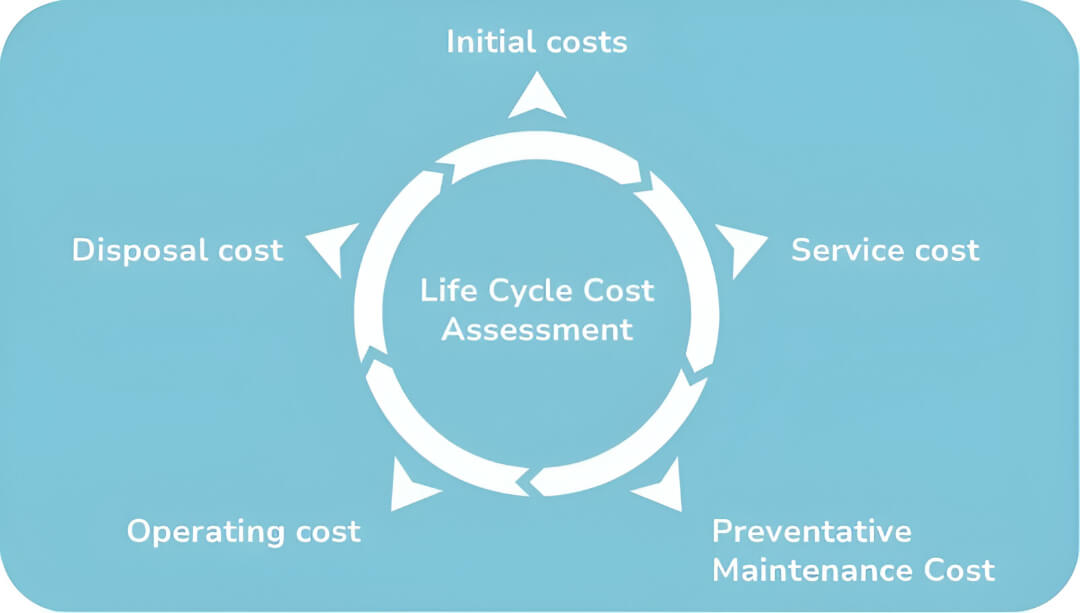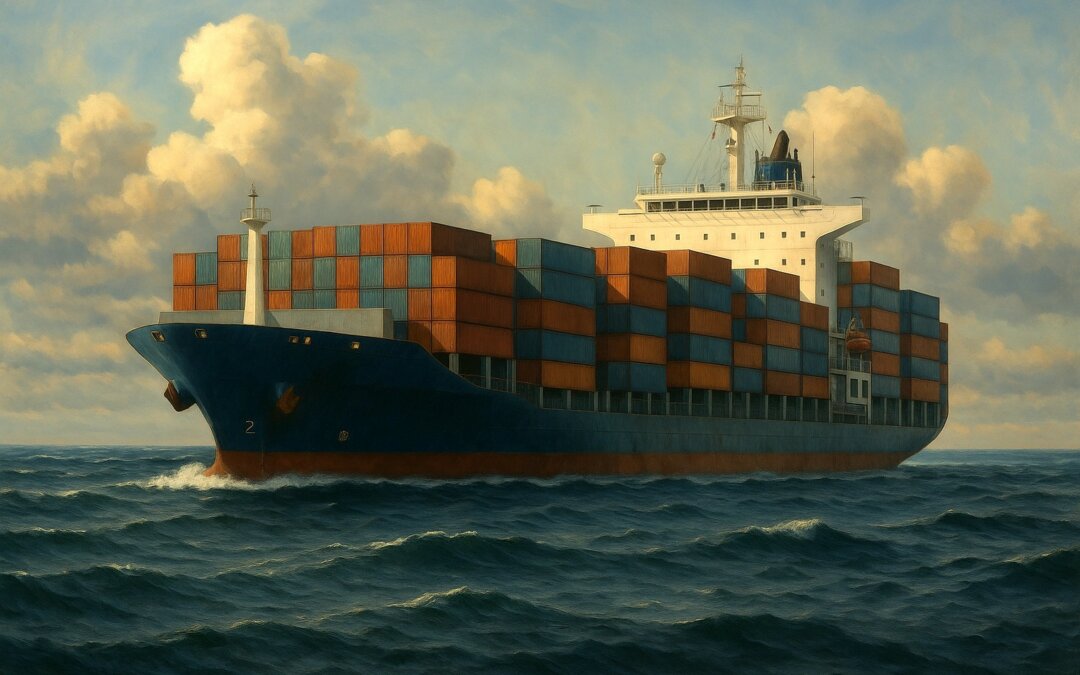A New Regulatory Landscape for Maritime Transport
The European Union has entered a new era of maritime policy, implementing ambitious decarbonisation measures that signal a fundamental shift for the shipping sector. As of 1 January 2025, several key regulations are now in force, aimed at drastically cutting greenhouse gas (GHG) emissions and accelerating the transition to greener maritime operations across the EU.
One of the cornerstone policies is the FuelEU Maritime Regulation, which mandates that operators of ships over 5,000 gross tonnes reduce the GHG intensity of the fuels they use. This applies to all intra-EU voyages and to 50% of emissions from voyages between the EU and third countries. Reduction targets begin at 2% annually until 2029, then increase progressively to reach an ambitious 80% by 2050.
Complementing this, the maritime sector is now part of the EU Emissions Trading System (EU ETS). From 2024, CO₂ emissions from vessels are included under this cap-and-trade mechanism. Shipowners must surrender allowances for 70% of their reported emissions in 2024, with the threshold increasing to 100% by 2026. This directly translates emissions into financial liability—placing decarbonisation at the core of operational strategy.
Additionally, from 1 January 2030, ships calling at EU ports will be required to utilise zero-emission energy sources at berth—such as onshore power supply—further incentivising investment in clean energy solutions.
These policies are not mere guidelines—they are legally binding obligations that require the maritime sector to rethink propulsion systems, energy storage, and infrastructure, with long-term economic and environmental implications.
How POSEIDON Supports Europe’s Decarbonisation Mission
The POSEIDON project—funded by the European Union—is at the forefront of this maritime transformation. It aims to develop and validate a new generation of Fast Response Energy Storage Systems (FRESS) for ships. These systems are designed to support the shift towards cleaner maritime transport by enhancing the efficiency, responsiveness, and sustainability of shipboard energy solutions.
POSEIDON’s technological innovation is built on three advanced pillars:
- Supercapacitors
- Flywheels
- Superconducting Magnetic Energy Storage (SMES)
Together, these components provide high-efficiency, fast-response energy buffering that can work in tandem with low-carbon or renewable energy sources on board, such as hydrogen fuel cells, ammonia engines, or hybrid electric propulsion.
But innovation is only half the equation. POSEIDON also integrates a Life Cycle Cost (LCC) Assessment approach, enabling a comprehensive evaluation of the total cost of ownership of these technologies—spanning:
- Initial investment
- Operating and service costs
- Preventive maintenance
- End-of-life disposal

By considering these economic factors, POSEIDON helps shipowners, designers, and policymakers make more informed decisions that balance short-term costs with long-term savings and environmental returns.
When combined with Life Cycle Assessment (LCA) methodologies, the project offers a robust framework for quantifying both financial viability and environmental impact—critical tools in the decision-making process under the new EU regulatory environment.
EMSA’s Role and the Policy-Technology Synergy
In parallel, the European Maritime Safety Agency (EMSA) has announced a new support framework to assist EU Member States and maritime operators in implementing the regulatory package effectively. EMSA will provide technical guidance, emissions monitoring tools, and best practices to help the sector navigate this major transformation.
POSEIDON’s role aligns seamlessly with this mission. While EMSA facilitates policy understanding and compliance mechanisms, POSEIDON delivers tangible technologies that enable that compliance to become a reality on board vessels. This synergy between policy and innovation is essential for achieving scalable, sustainable maritime decarbonisation.
As maritime stakeholders look to invest in compliance-ready solutions, projects like POSEIDON offer a pathway that is not only technologically sound but economically justified.

POSEIDON is more than a research initiative—it is a catalyst for change. By developing next-generation energy systems and applying rigorous economic and environmental evaluation frameworks, the project contributes directly to Europe’s climate goals for maritime transport.
This article draws on information reported by Offshore Energy News in their piece, “EMSA to assist EU in implementing maritime decarbonization measures” (20 May 2025). Read the original article here.
Visit www.poseidon-europeanproject.eu to learn more and explore how POSEIDON is shaping the future of low-carbon shipping.
